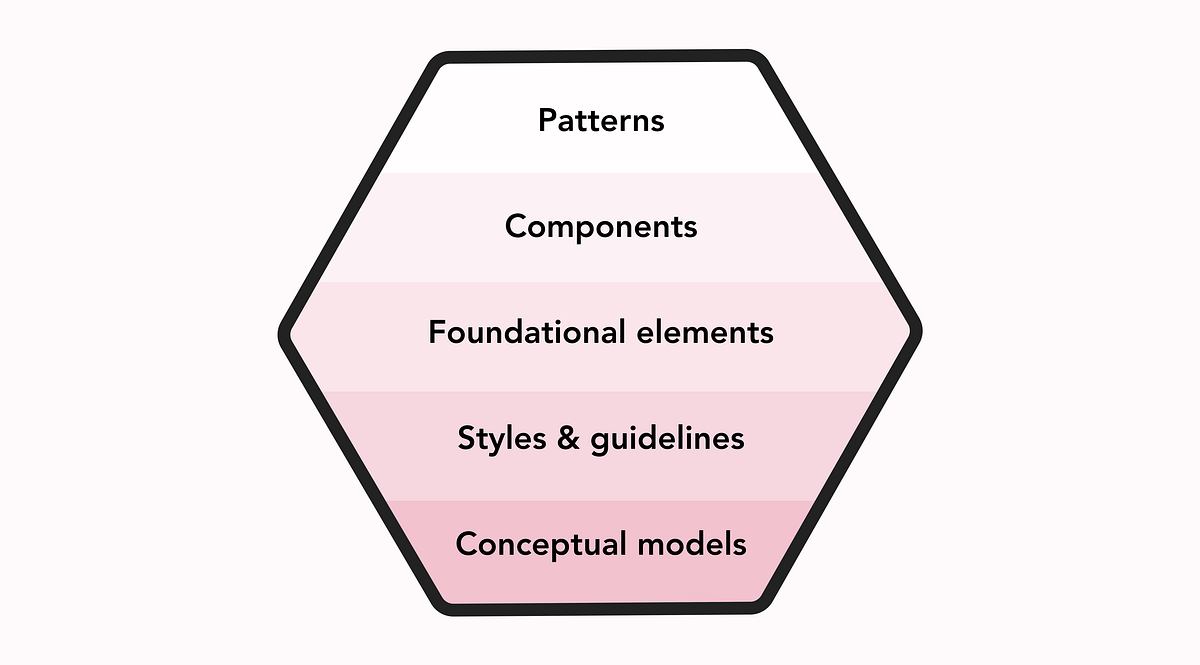
"To truly understand a digital product as a complete entity, our industry has two powerful but somewhat disconnected frameworks. Brad Frost's Atomic Design gives us the language for the visible architecture of a product, the tangible components we see and interact with. Parallel to this, the academic work of MIT's Daniel Jackson on Conceptual Models gives us a rigorous language for the invisible foundation, the deep logic and rules that govern how a product behaves."
"Practically, these two worlds are often treated as separate domains. The result can be a gap in our understanding, which is one of the things causing friction in teams and compromises to the overall user experience. This article aims to bridge the gap between these two frameworks. By synthesising the work of Frost and Jackson, I will deconstruct the digital product as a single, cohesive system."
Two complementary frameworks address different aspects of digital product architecture: Atomic Design describes visible components and their composition, while Conceptual Models define invisible rules and behavior. Treating these frameworks as separate domains creates gaps in understanding, team friction, and inconsistent user experience. Synthesising component-level patterns with underlying conceptual logic produces a single cohesive system that aligns surface interactions with foundational behavior. A layered approach moves from tangible patterns and components down through architecture to core rules, demonstrating how invisible architecture shapes visible product behavior and outcomes.
Read at Medium
Unable to calculate read time
Collection
[
|
...
]